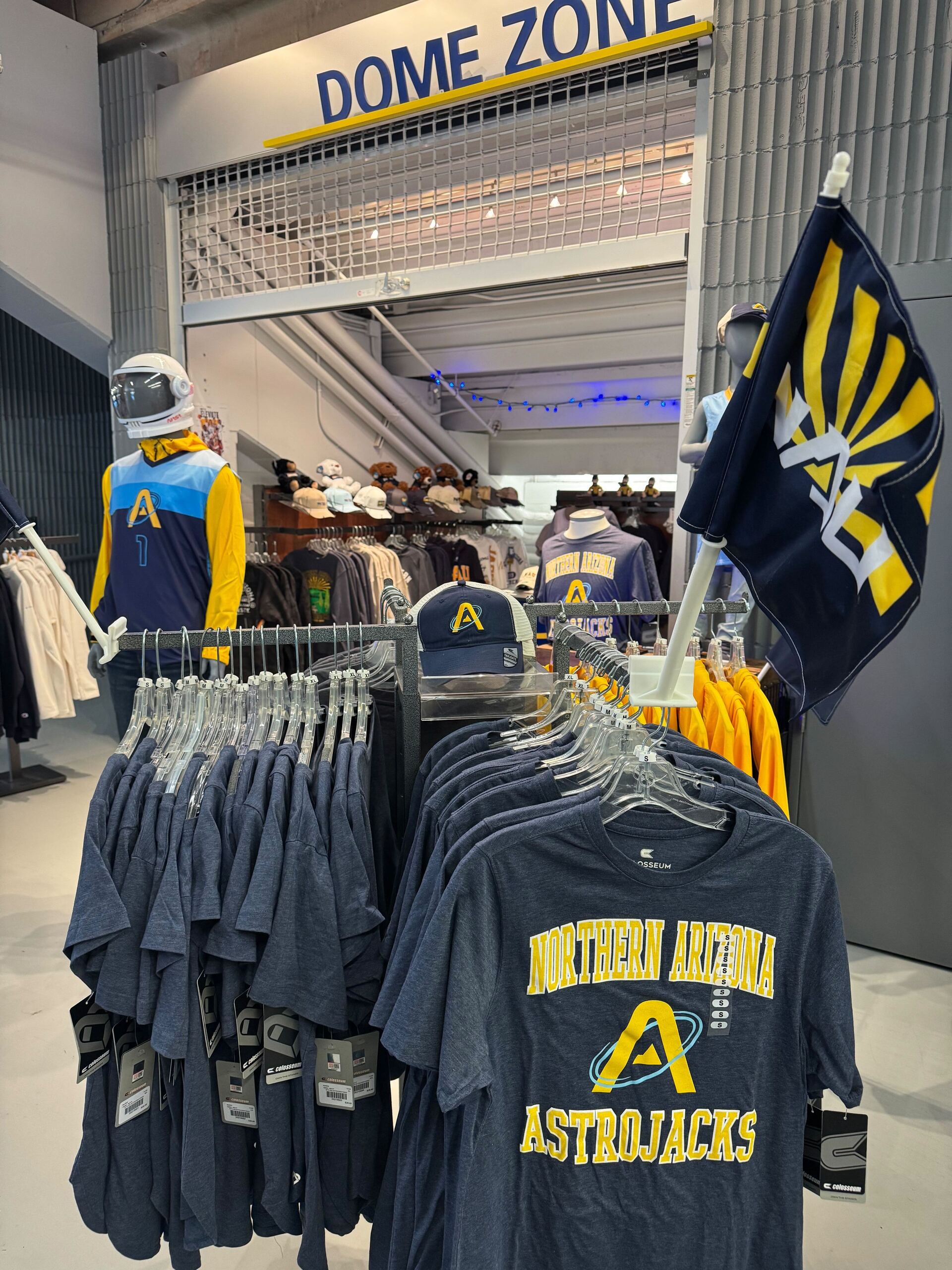Good morning, and thanks for spending part of your day with Extra Points.
Friends, I’ve been hitting the phones over the last few days, and have a notebook full of reporting to share with all of you. I’ve got notes on the Big 12’s international ambitions, Electronic Arts going private, economic reforms with FCS football, and a few other stories…all stuff I want to share.
But I hope you’ll indulge me a moment, because there’s something else I just haven’t been able to get off my mind. And perhaps if I do a little thinking out loud on the newsletter page, it will be easier for me to move forward with the other reporting.
On September 28, a madman, filled with rage, decided to attack a meetinghouse of the Church of Jesus Christ of Latter-Day Saints in Grand Blanc, Michigan. The assailant drove his pickup truck into the church, set the building on fire, and began to shoot the congregants inside. Police quickly dispatched the attacker, but when the dust cleared, six members of the congregation died. The church building was completely destroyed.
I’ve never been to that meetinghouse before. But when I was a kid, I spent an awful lot of time in a building not very different from the chapel that was recently set on fire. I spent huge chunks of my teenage years in the LDS meetinghouse on Newark-Granville Road, right before you merge onto Route 16 in Licking County.
Got my Eagle Scout award there. Gave my missionary farewell talk there. Cooked dinners in there, prayed in there, taught in there, and for all I know, my blood is still wedged deep inside the scratchy carpet on the basketball court in that building.
I don’t align myself theologically with that church anymore, but I’ll never forget what it was like to be a LDS kid in Granville, Ohio. It was lonely. Not just in the way that being a teenager in exurban America is always kinda lonely, but a more profound loneliness. And that’s what made being inside that building feel a little more safe and secure. The ugly floral couches and scratchy walls felt almost as familiar as my own house.
Over the last week, there’s been more than a few times when I just couldn’t bare to see that smouldering wreckage in Michigan anymore. I’d have to get up, walk outside, and cry.
It’s a tough thing to try to explain to your kids.
Not just why somebody would have such hate in their hearts as to attack families and children during a worship service, although if you have a good way to break that down for a seven-year-old, I’m certainly all ears.
My girls are young, but they’re perceptive. They can tell something else is weighing on my mind.
I intellectually know that covering this beat is important. I intellectually understand that college athletics isn’t just a billion-dollar business, but that it’s a portal to understanding society, that the games aren’t really just games, and that this work matters. I can look at the spreadsheets and see that tens of thousands of people open these emails and read them every time I send them, and thousands care about them enough to pay to read everything.
But when you sit down at the computer for work, and you read about tear gas canisters being thrown just a mile from your house, and you see churches on fire, institutions failing and crumbling and everything else…I hope you can understand why I’ve found myself occasionally closing my laptop and wondering what I am even doing.
Does this stuff really matter right now? Should I be spending my limited brainpower, energy, and time to file another FOIA for an international travel vendor contract, or some D-II athletic department budget? Is the best way that I can serve my community by calling six people today in an attempt to better understand debt obligations after a corporate leveraged buyout? Or who owns the sponsorship rights to NCAA championship events?
The world need peacemakers. Am I going to find them in another financial report?
I wish that I could tell you that, by the 800th word of this newsletter, I have managed to solve this particular puzzle. Alas, I have not. The cure for this increasingly violent and angry world, I’m afraid, is beyond my training and expertise.
I am afraid and concerned and sad, sure. But I’ve also got a mortgage to pay, and children who require notebooks and granola bars and slurpees from 7/11. And I’ve got a readership who trusts me, and who I deeply care about. So I’ll keep making those phone calls, and I won’t try to cover up my hurt with some pithy cliché.
But I will say, that after thinking about this for a long time, I believe there’s some legitimate truth to what Oregon head coach Dan Lanning said, addressing the media after a completely different violent tragedy, the murder of Charlie Kirk:
“You know, I think the US could learn a lot from our locker room…You walk in that locker room, you got guys of different races, guys of different backgrounds, different religions, and you got a team that loves each other.”
To have peace, I think we’re going to have to figure out a way to live with each other. And one thing I’ve learned from my time as a sportswriter, when it is done correctly, there are not many better examples of people figuring out how to work together despite being very different from each other than in locker rooms.
I don’t want to pretend that locker rooms are always some sort of post-racial utopia, where cliques don’t exist and nobody ever has deep disagreements. I don’t think you’ll find many athletes who will look you in the eye and say that was their experience…or at least, I haven’t found many.
But UO football, like the case at most other PWIs, really would be among the most diverse groups of anywhere on that campus. Not just racially, but economically, religiously, probably politically, and probably in a slew of other ways too.
It’s pretty easy, as you get older and move through your life, to accidentally silo yourself off so that you’re really only interacting with people a lot like you. Most of my close friends, at this stage in my life, tend to be other educated 30-somethings with kids and honestly, a lot of those people work in either athletics or media. It isn’t hard to live near people you have a lot in common with, worship with people you have a lot in common with, work and play and drink with those people and then wonder why we don’t understand anybody else.
Maybe athletics is one of the rarer places that doesn’t allow folks to do that?
It’s a question worth interrogating more in greater detail, and one that I hope to better understand over the course of this year.
Is it actually true that college athletics can create an environment to better facilitate peace between different kinds of people? And if so, why, and why can be scaled from those experiences?
In a time when everybody from Congress to statehouses to broadcasting companies to the largest institutional investors in the world want to reshape college athletics, shouldn’t we try to better understand those answers now?
I’m still going to do the work in trying to explain who is going to join the ASUN this year, or where the money in college sports goes, and everything else that comes with Extra Points. But as I have my standard conversations about congressional appropriations and tuition discounting, I’m going to try to ask more concrete questions about peace.
I know all the answers aren’t there, of course. But this is where people pay me to look for answers, and it’s the only place I really know where to dig, so that’s what I’m going to try to do.
The alternative is crying when my muscle memory tells me to fire up Twitter again. And between us friends, I’m already over doing that.

















